When it comes to choosing the right trees for small yards, making informed decisions can transform your limited space into a lush oasis. Selecting the appropriate tree variety and considering its growth potential are crucial factors. In this article, we’ll explore top picks and tips for integrating trees in your small yard effectively.
Why Size Matters in Small Yards
When selecting trees for small yards, understanding why size matters is crucial. Trees that grow too large can overwhelm a limited space, causing issues like root intrusion and excessive shading. Choosing trees that mature at a smaller size ensures that your yard remains functional and aesthetically pleasing.
Small trees provide the right proportion for compact areas, creating a harmonious balance in your landscape design. They can offer shade, privacy, and even habitat for local wildlife without the risk of encroaching on structures or neighboring properties.
Consider the mature size of any tree you plan to plant. The height and spread should be in scale with the size of your yard, allowing for other plants to flourish, providing an open feel rather than a cramped environment.
Trees that stay small also require less maintenance. Pruning is manageable, and there’s less debris to clean up. Choosing varieties known for their slower growth or natural small stature helps avoid costly and time-consuming maintenance efforts down the line.
Top Tree Varieties for Limited Space
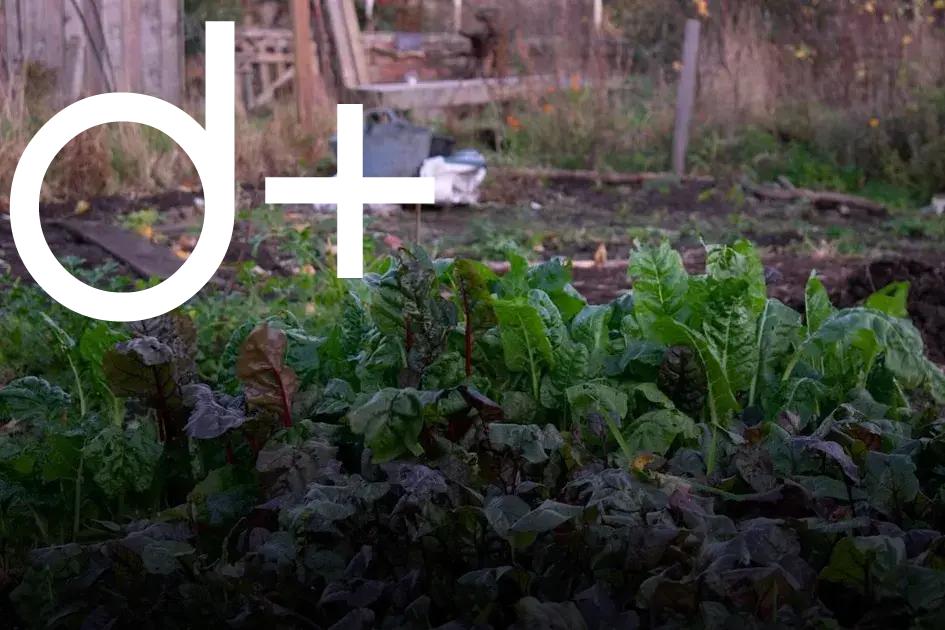
Choosing Compact Tree Varieties
For those with restricted outdoor space, selecting compact tree varieties is crucial. These trees provide greenery and shade without overwhelming the area. Here are some top tree varieties perfect for limited spaces:
- Japanese Maple: Known for their vibrant foliage, Japanese Maples are slow-growing and compact. They’re well-suited for small gardens and offer year-round interest.
- Redbud: These beautiful trees bloom with pink or white flowers in spring. Eastern Redbuds, for instance, are perfect for small spaces, growing to about 20-30 feet tall.
- Dogwood: With lovely blossoms, Dogwoods are an ideal choice for limited spaces. They offer striking beauty without monopolizing the yard.
- Dwarf Fruit Trees: These trees, such as dwarf apple or lemon trees, provide fresh fruit and aesthetics without needing much room. Ideal for patios or small backyards.
- Serviceberry: Combining ornamental beauty with edible fruit, Serviceberries are versatile and compact, offering lovely spring flowers and autumn color.
When choosing trees for small areas, consider not only their mature size but also their growth habits. More compact varieties are designed to thrive in limited spaces without needing significant pruning or maintenance.
Considerations for Tree Placement
When planning your small yard landscape, thoughtful tree placement can make a significant difference. The location of each tree affects not just the overall aesthetic, but also the functionality of your space.
Firstly, consider the amount of sunlight different areas of your yard receive. Some trees thrive in full sun, while others prefer partial shade. Choosing a spot that matches your tree’s light requirements is crucial for its health.
Proximity to structures is another critical factor. Planting trees too close to your home, fence, or other structures can lead to damage as trees grow. Ensure there is adequate space between the tree and these elements to prevent future complications.
Avoid crowding your trees by giving them enough space for their mature canopy and root spread. This helps in healthy growth and reduces competition for resources among plants.
Take into account any utility lines or underground pipes. Planting directly under power lines or near water lines can cause problems as trees mature. Be sure to contact local utility companies if you’re unsure where underground lines are located.
Finally, consider the microclimates within your yard. Areas with differing sun exposure, moisture levels, and wind patterns can impact which tree species will flourish. By understanding these elements, you can place trees strategically to enhance both their growth and the overall harmony of your yard.
Caring Tips for Tree Growth
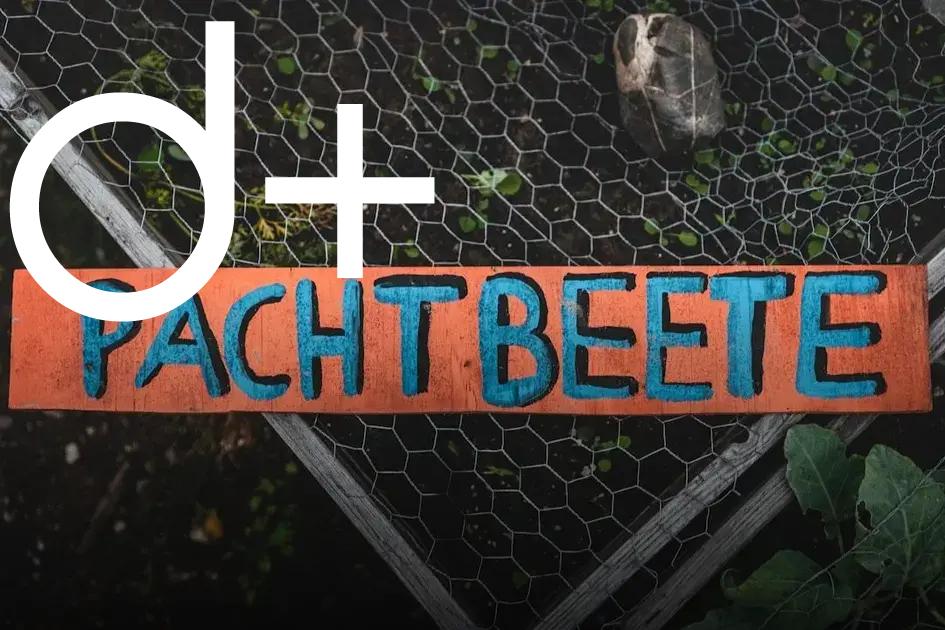
To ensure your trees thrive in small yards, it’s essential to provide proper care that supports healthy growth and longevity. Start by understanding the specific needs of the tree species you’ve chosen. Regular watering is crucial, especially during dry spells. However, avoid overwatering as this can lead to root rot, a common issue in compact spaces.
Mulching is another effective technique. Apply a layer of mulch around the base of the tree but ensure it’s not touching the trunk to prevent disease. Mulch helps retain moisture, controls weeds, and provides additional nutrients to the soil.
Pruning also plays a key role in promoting healthy growth. Trim any dead or diseased branches to allow sunlight and air to reach all parts of the tree. This not only enhances its shape but also supports overall health.
Don’t forget to check for pest infestations. Keep an eye out for common insect pests that affect trees, and use organic treatments to mitigate these issues. Fertilization can further support tree growth, especially if the native soil lacks essential nutrients. Use a slow-release fertilizer to avoid nutrient excess that can harm your tree.
Finally, maintain a routine care regime throughout the seasons. Adjust watering and fertilization schedules based on seasonal changes to support continuous growth.
Consistent and attentive care is key to nurturing trees in small yards.
Integrating Trees with Your Landscape
Integrating trees into your landscape is an art that enhances both beauty and functionality. Small yards can greatly benefit from the right choice of trees. Start by considering the existing layout of your yard. Look for spaces where trees can offer shade without overwhelming the area.
Balance is key
— choose trees that complement your garden’s aesthetics.
Use a variety of tree sizes and shapes to create visual interest. Tall, slender trees can be utilized to draw the eye upwards, giving the illusion of more space. Meanwhile, a mix of evergreen and deciduous trees can provide year-round beauty.
Think about how trees can function within your landscape. Trees can provide privacy and reduce noise from busy streets. They can also create natural borders, dividing your yard into functional areas like play zones or seating areas.
Remember, trees are living elements that grow and change, so allow space for future growth. Consider planting slower-growing trees to avoid crowding as they mature. This way, you ensure that your landscape stays cohesive as time passes.



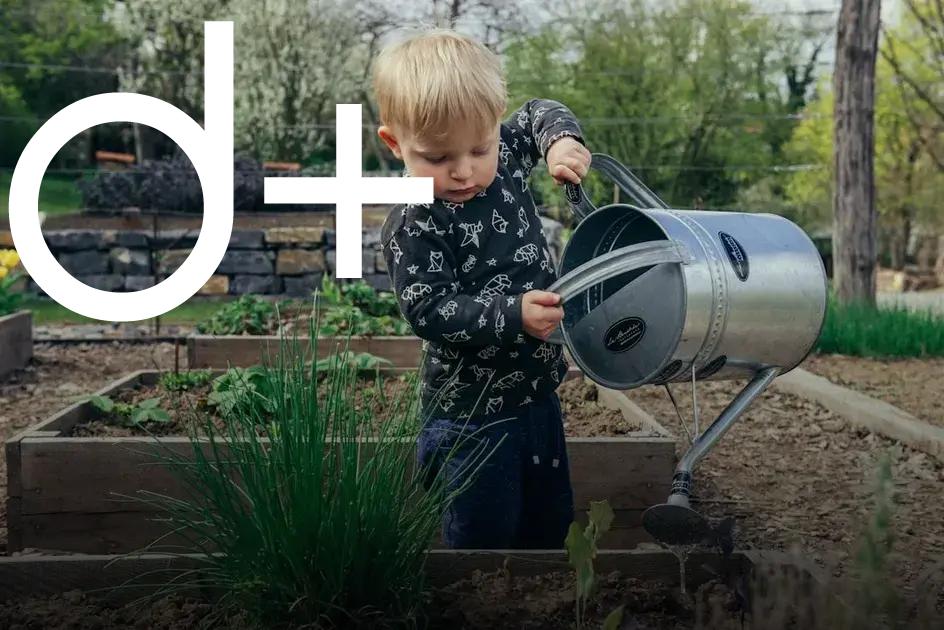
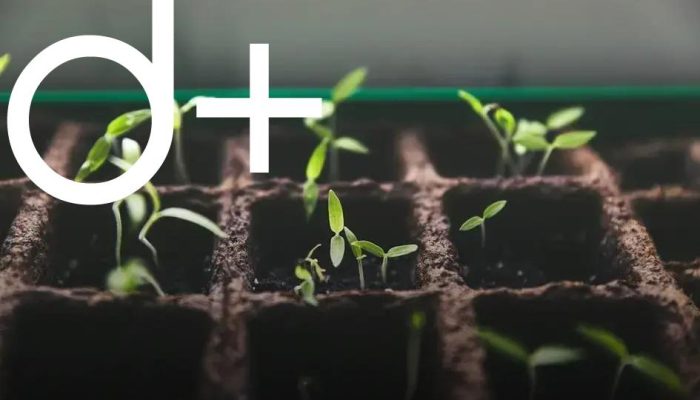
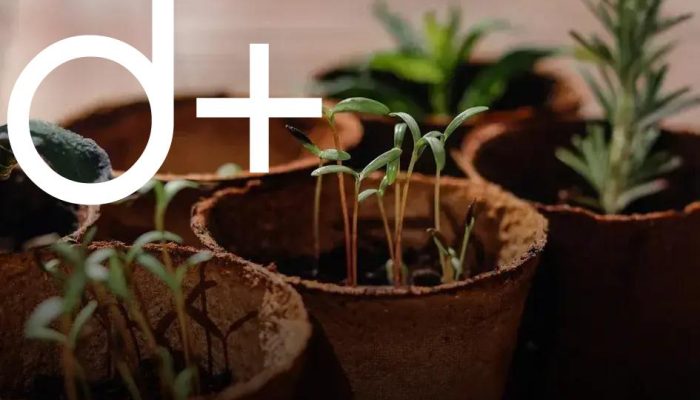

![BANNER 1 - HOME [QUADRADO]](https://dailyfindinvestment.com/wp-content/uploads/2025/01/BANNER-300-X-300.gif)
